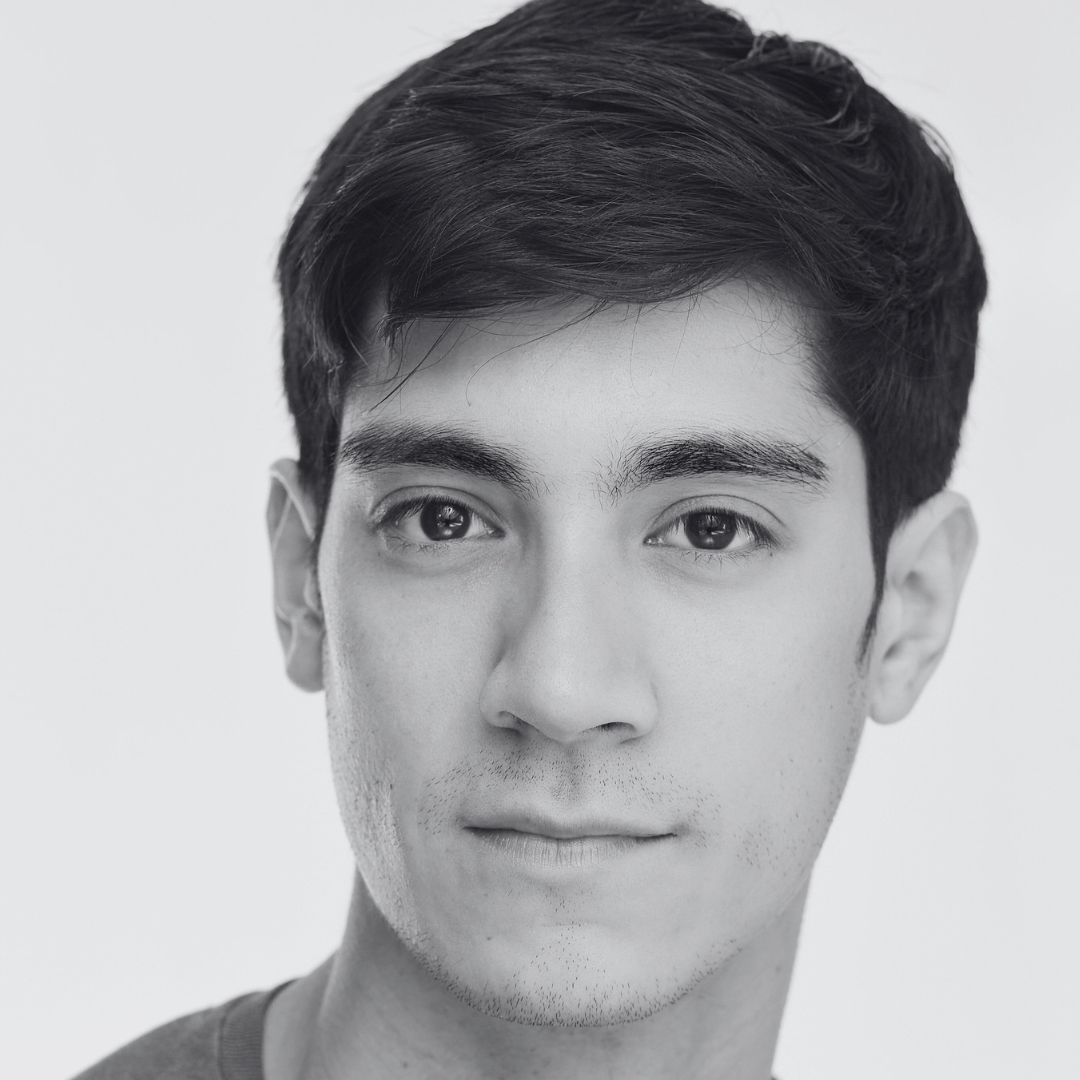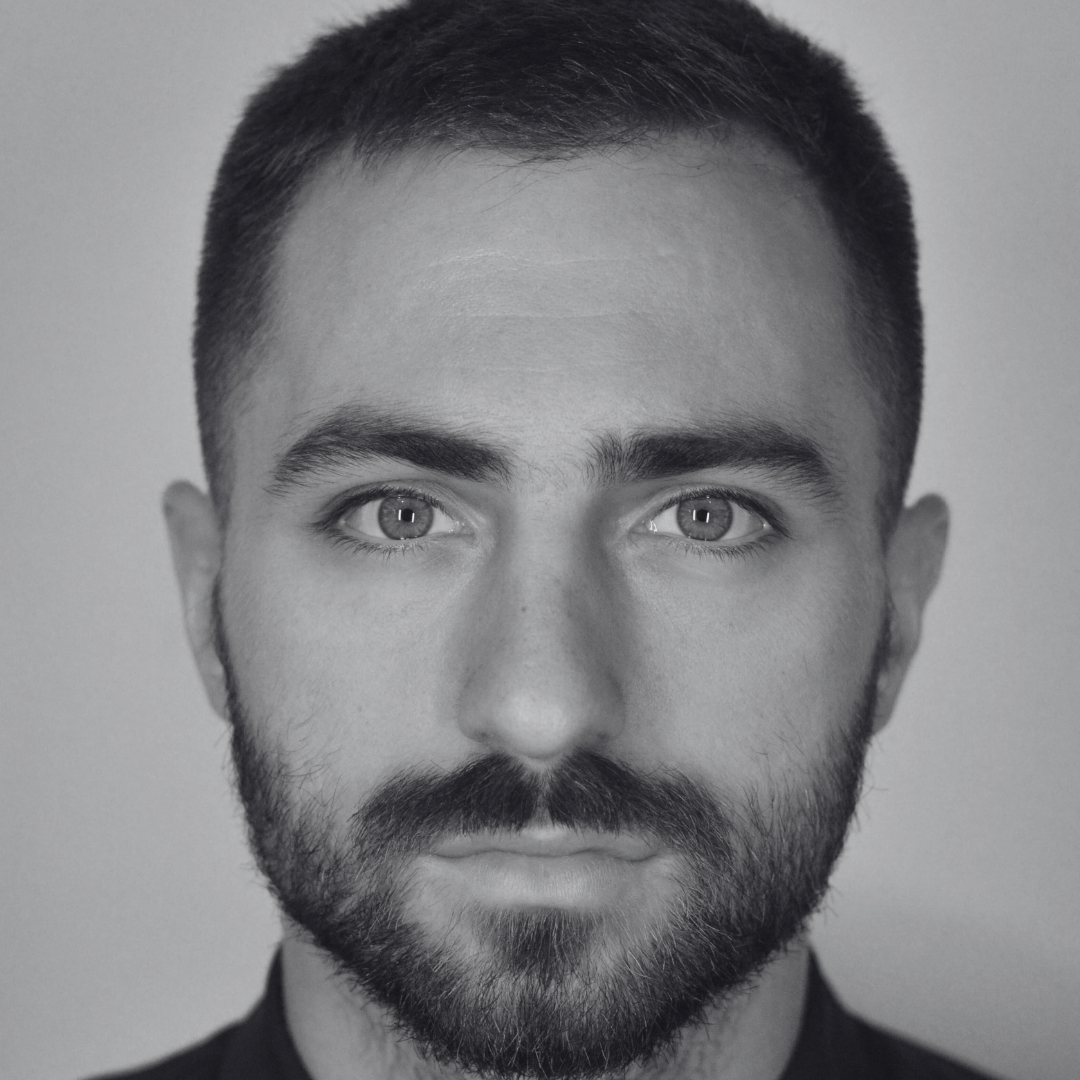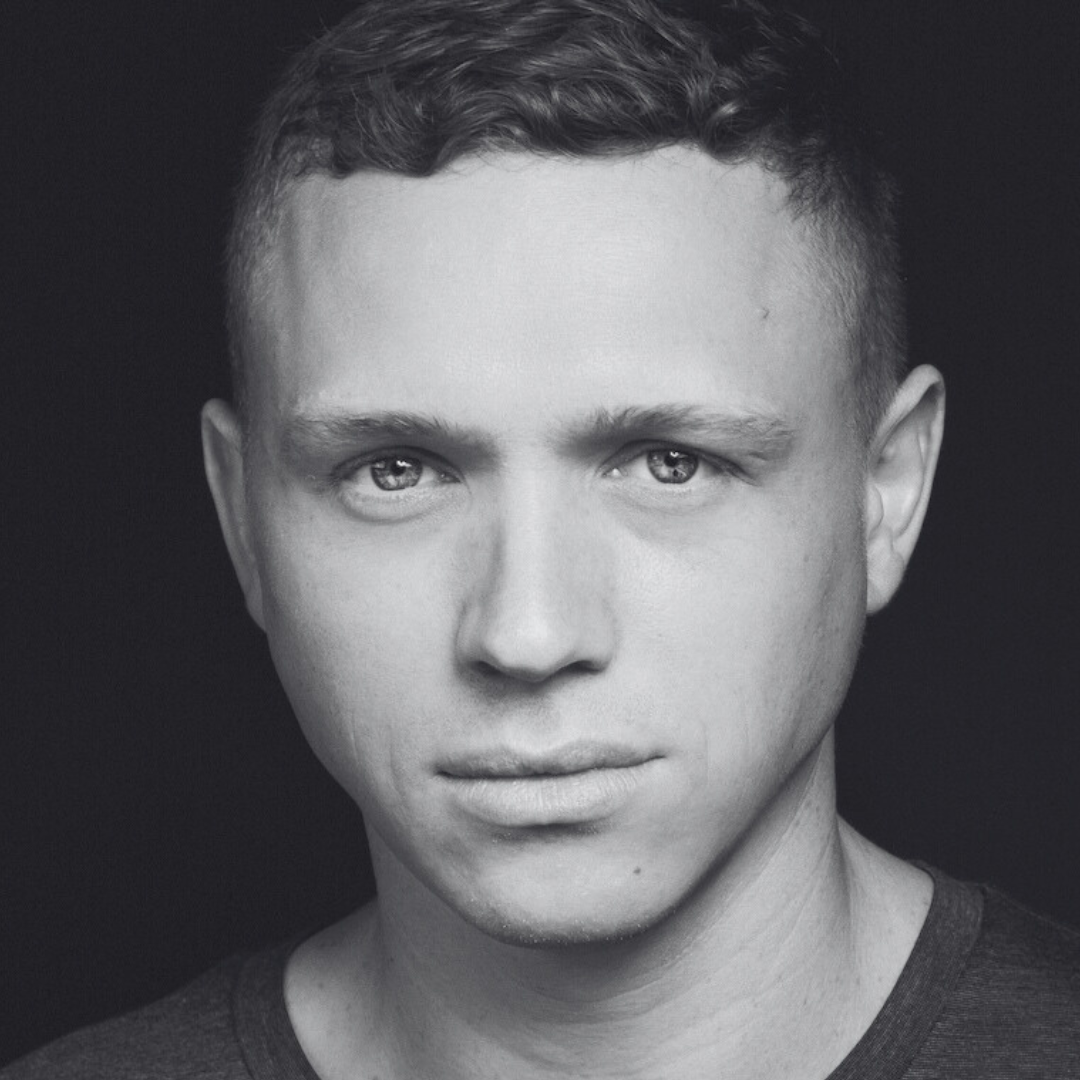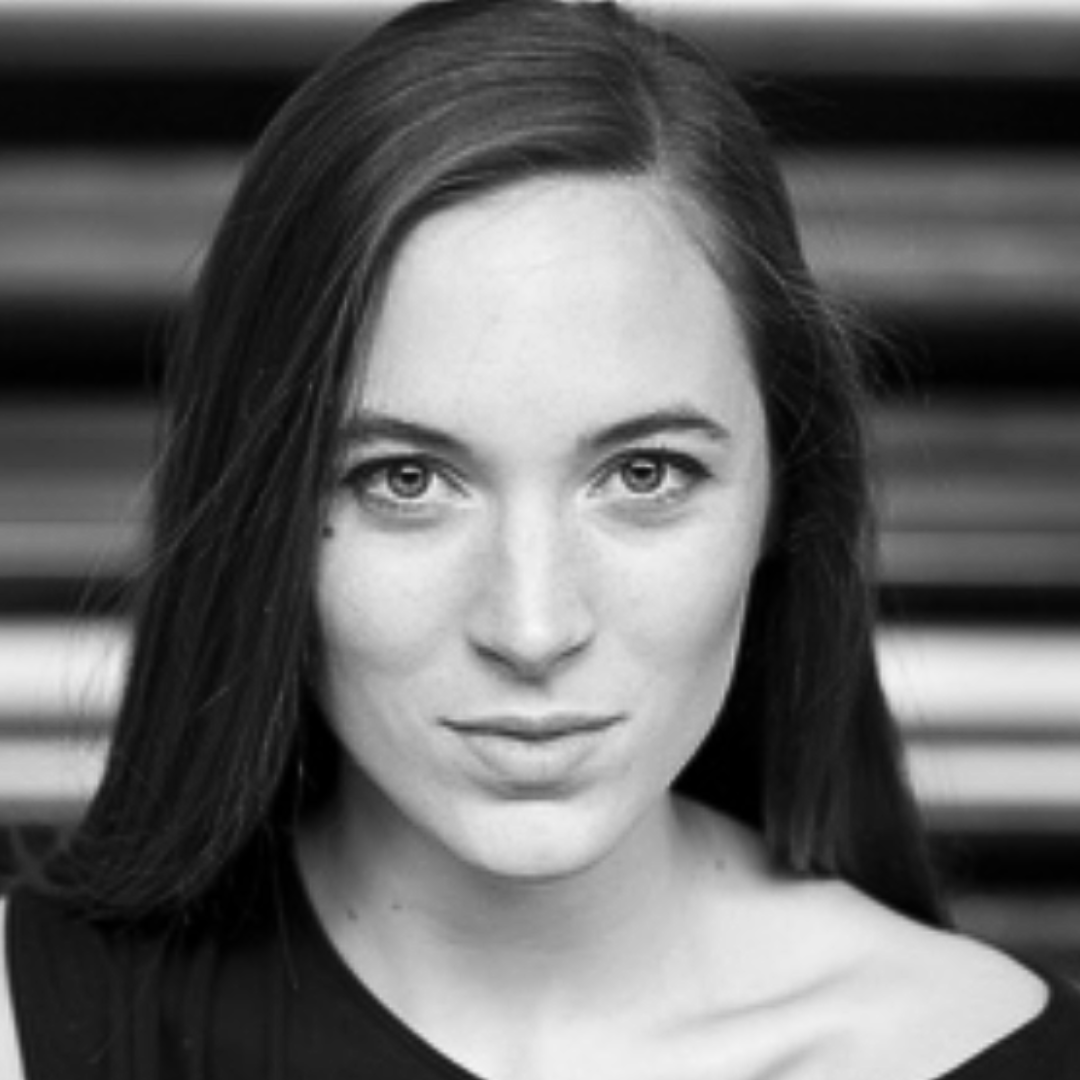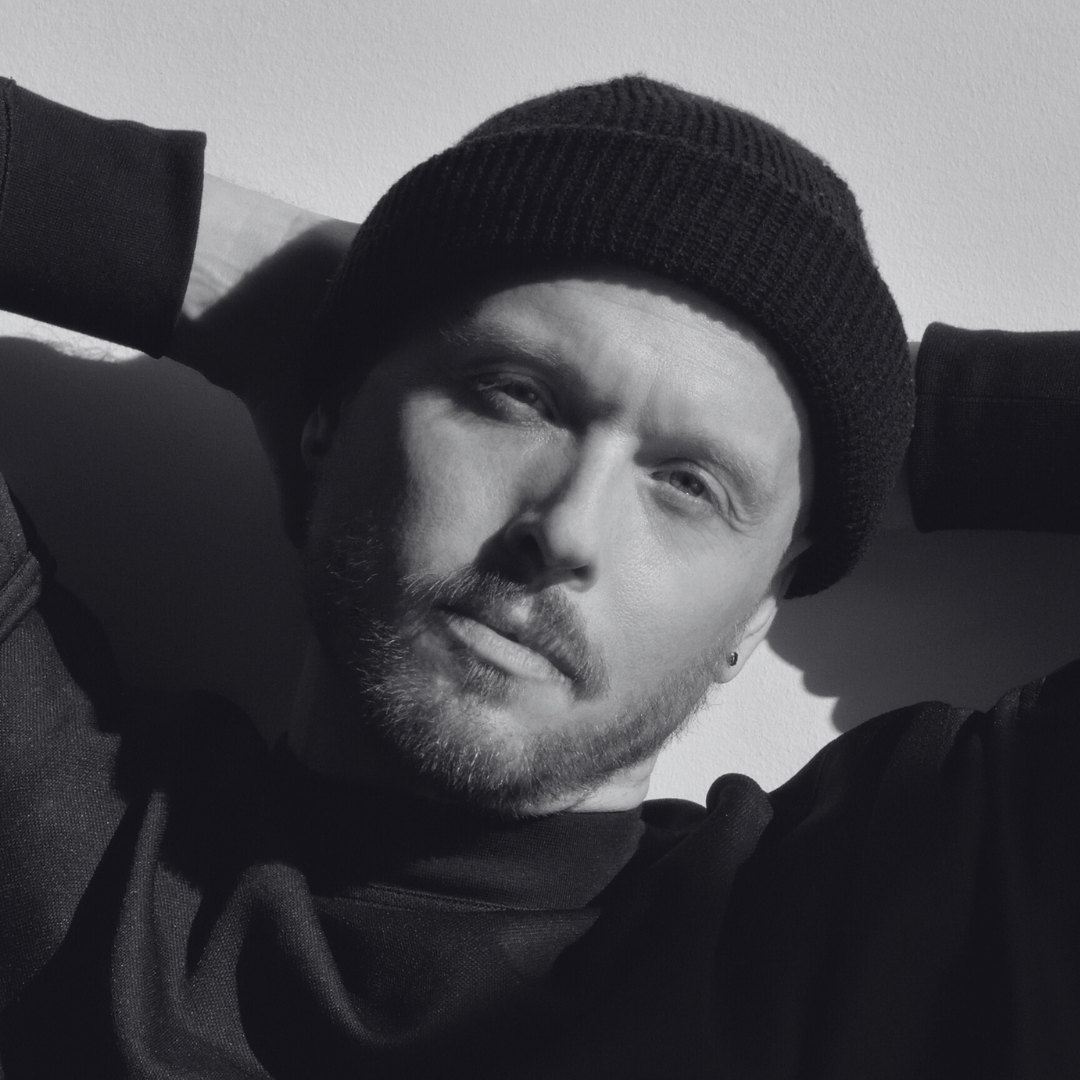
fullwidth padding
James Gregg is a distinguished international dancer, choreographer, and creative visionary. Hailing from Oklahoma and residing in Los Angeles, Gregg stands as a sought-after collaborator in contemporary dance. Having worked with respected dance companies and artists, Gregg has danced with Aszure Barton & Artists, Rubberband Dance Group, Rubberlegz, Bodytraffic, BJM Danse, Anne Plamondon Productions, and River North Dance Chicago. Performing works by renowned choreographers like Aszure Barton, Barak Marshall, Crystal Pite, and more, he's amassed significant experience. Gregg's choreography has been featured by Hubbard Street Dance Company, Whim W'him, Ballet X, Arts Umbrella, Edmonton Ballet, and Springboard Danse Montreal. His talent transcends the stage, creating works for TV, film, and music videos such as Peacemaker, Cirque Du Soleil at Sea, and Kresha Turner's "Love Again." He also collaborates closely with Aszure Barton as an assistant and stager. Recognized with the Princess Grace Works in Progress Award, Princess Grace Choreography Fellowship Award, and New American Talent Choreographic Contest, Gregg's expertise shines through numerous accolades. His passion for dance and drive to innovate movement and artistry continue to inspire audiences and peers alike.
First worked with aB: 2005
